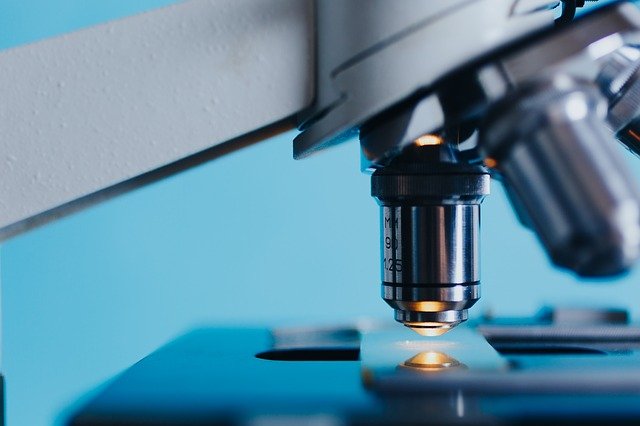Combining data on pollution concentrations and whale feeding habits has revealed that filter-feeding whales could be ingesting huge levels of microplastics
A blue whale (Balaenoptera musculus)
Andrew Sutton/Shutterstock
Blue whales could be accidentally eating 10 million pieces of microplastic every day, according to new research suggesting filter-feeding whales could be the most vulnerable marine species to plastic pollution.
Like other filter-feeding whales, also known as baleen whales, blue whales use bristly baleen plates to sift, sieve or trap krill, plankton and small fish from ocean waters.
Matthew Savoca at Stanford University in California and his colleagues have investigated whether these whales are also ingesting microplastics around polluted stretches of coastline.
Advertisement
The researchers combined feeding data from almost 200 tagged blue, fin and humpback whales with data on whale prey and plastic concentrations in the California Current Ecosystem – a cold-water Pacific Ocean current that runs down the western coast of North America – to model how much plastic whales could be ingesting.
They discovered that the highest concentrations of microplastics are found at depths of 50 to 250 metres, which is also where filter-feeding whales mainly eat because of the high availability of krill.
Blue whales, which have a particularly krill-rich diet, could ingest up to 10 million plastic particles a day, while humpback whales could consume up to 4 million particles a day, the team calculates.
Read more: Whale songs can spread between groups nearly 8000 kilometres apart
“These numbers are huge, the largest estimated daily ingestion of any species yet studied,” says Savoca. “Of course, the animals themselves are also huge, so we also need to consider their enormous size to start to tease apart the potential effects of this huge amount of ingested plastic inside a huge body.”
Little is known about how such plastic accumulation could be affecting the health of whales, says Savoca, so this is a target for future research.
Journal reference: Nature Communications, DOI: 10.1038/s41467-022-33334-5
More on these topics:

